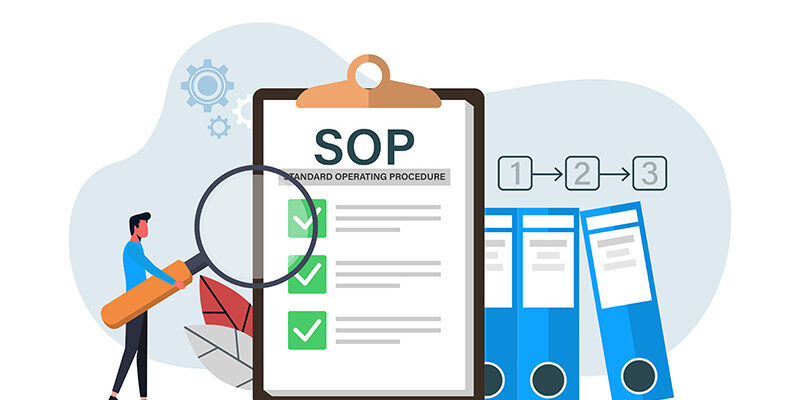Complacency

The online Merriam-Webster dictionary defines the word “complacency” as self-satisfaction, especially when accompanied by unawareness of actual dangers or deficiencies. They must have had business owners in mind when they wrote that.
After the long run of good fortune that many small businesses have enjoyed, I continue to warn against falling victim to our own success by becoming complacent.
The enemy of success in business isn’t failure, it’s complacency. When we get soft or lose our drive or competitive edge, we get into trouble. It seems the more successful we become, the more guarded we need to be about becoming complacent.
To make matters worse, complacency rarely announces itself. Instead, it very subtly inserts itself when we’re not paying attention. And one of its most troubling forms is the complacency of thought. We stop challenging ourselves to think differently, to explore the personal and professional weaknesses that make us uncomfortable, to look for blind spots, or to question our assumptions about our success.
Complacency with our success or with the status quo can easily lead to three other conditions that can set a company on the path to stalling: Lack of innovation, lack of market awareness, and organizational rigidity. Let’s look at these one at a time.
- Lack of innovation. When we become complacent, it’s easy for us to believe that the things that got us to where we are will continue to get us to where we want to go. We stop noticing (or even looking for) small changes that might telegraph larger ones that are coming down the road. We stop innovating. We stop looking for ways to deliver services better, faster, or less expensively. And while we’re admiring the trophy case of our success, our competitors are working overtime to find ways to beat us at our own game.
- Lack of market awareness. One thing we can be sure of with our customers is that their wants and needs will always be changing. Former accolades soon become table stakes as they look for newer and better ways for us to address their needs. When we are no longer innovating or creating the new and better, then we are forced to react to their changing needs rather than anticipate When we find ourselves in reaction mode, we’re already behind the eight ball—in a highly disadvantageous position—and need to play catch up.
- Organizational rigidity. The business landscape is littered with once-great companies that fell victim to their own organizational rigidity. “It’s the way we’ve always done things around here.” “If it ain’t broke, don’t fix it.” The litany is long and dangerous. Our complacency convinces us that it’s easier to keep doing things the way we always have rather than adapting new and better ways. Technologies change; cultures change; people change. Rigidly adhering to outdated ways of doing business is a guaranteed way to get run over by the competition.
I continue to believe that a company’s biggest competitor usually resides within their walls rather than outside them, and that as we formulate strategies to address external threats or to take advantage of market opportunities, we should also draft strategies to address our internal competitors. Chief among them is complacency.












